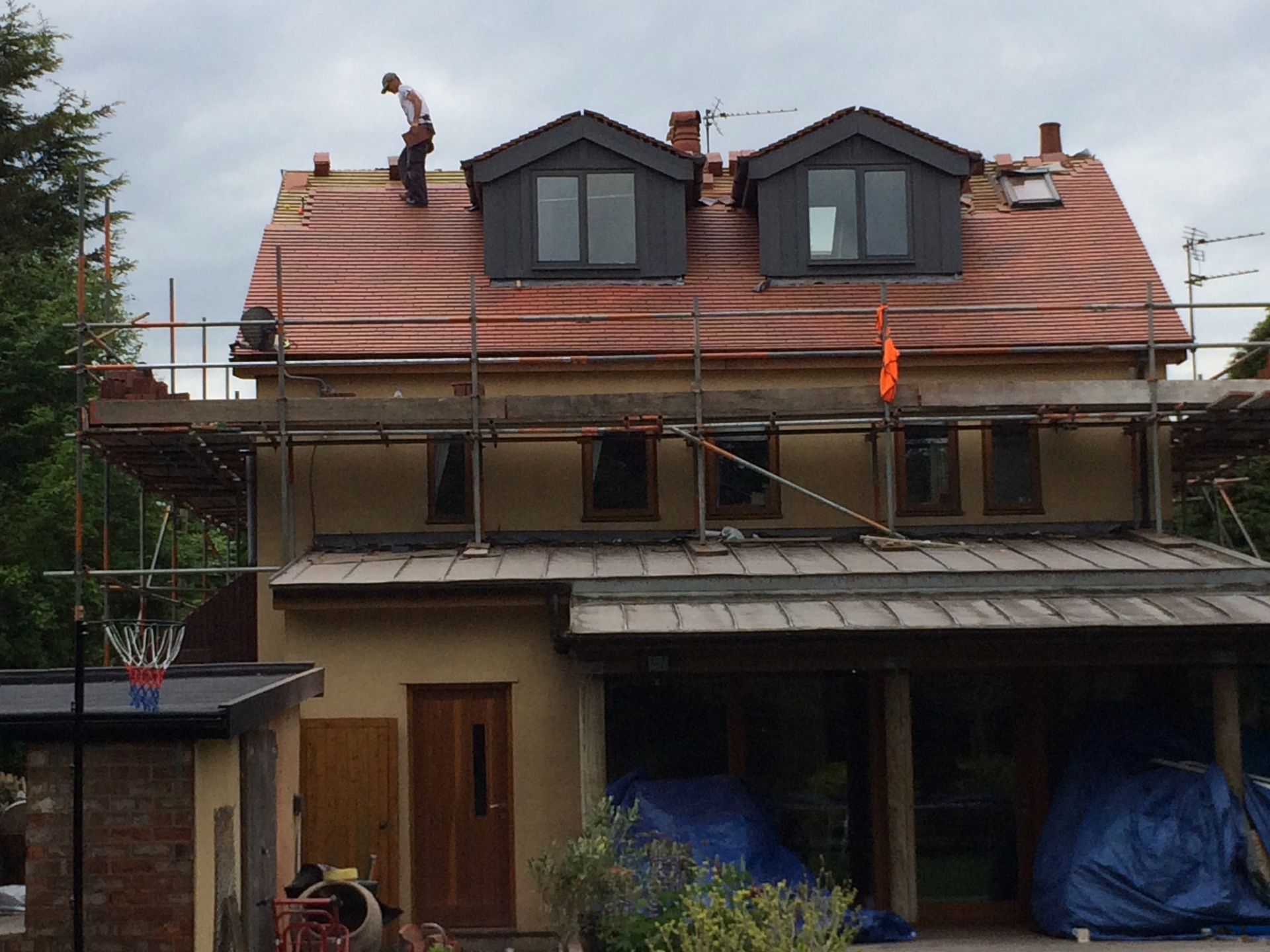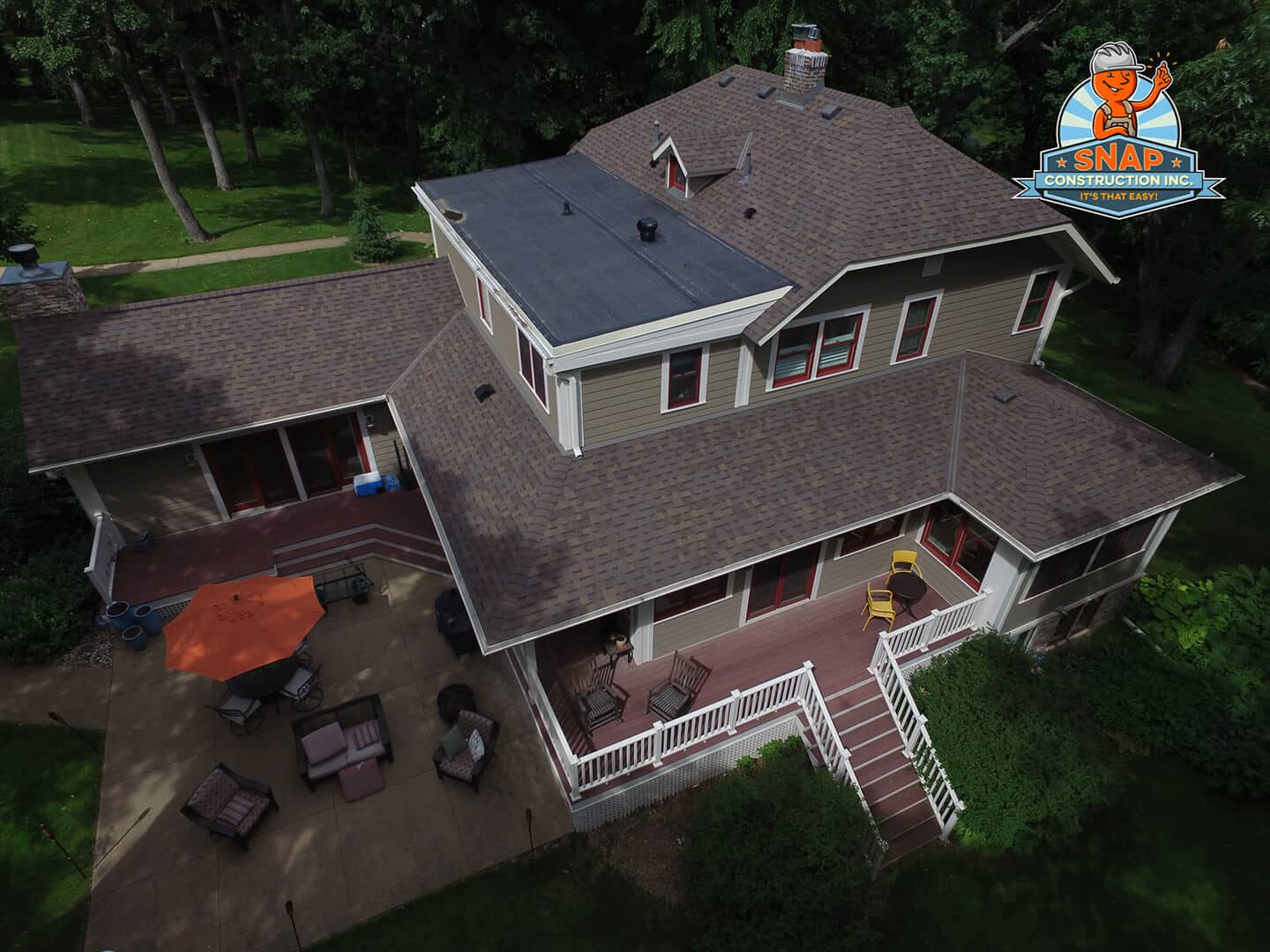

And, all of the materials used are environmentally friendly and can be easily recycled. The durability and longevity of clay, concrete, and slate also mean that you save money by not replacing your roof multiple times over the decades. Due to a high thermal mass, tiles do a better job of regulating the temperature of your home, thereby helping you cut down on heating and cooling bills.
#MARKLY SINGLE ROOF PATCH#
Tile roofs tend to be the most expensive upfront for both materials and labor slate, for example, can range from $1,000 to $2,000 per square (a 10-foot-by-10-foot patch of roofing) installed and a roofing contractor who has experience working with the high-end material may also charge more. Over their long lifespan, however, concrete, clay, and slate tiles can offset their initial expense. Clay or slate tiles may last more than 100 years, while most concrete tile comes with a 50-year warranty. Slate is one of the most durable and long-lasting roofing materials, with a lifespan of 100 to 150 years or more. Long LifespanĪ roof constructed of concrete, clay, or slate may be the last roof you will ever need.
#MARKLY SINGLE ROOF PROFESSIONAL#
Therefore, it is important to hire an experienced professional to handle any repairs or maintenance on or around a tile roof, including cleaning the gutters, maintaining chimneys, and painting the exterior. The biggest threat to tile roofs can be people: The tiles typically are not designed to handle foot traffic and are vulnerable to being broken or chipped by careless treatment.

When installing a clay or concrete tile roof in a cold climate, however, ask for products designed to handle freeze-thaw cycles.

Slate tiles are extremely popular in northern Europe and, in America, are often found on Victorian and Tudor style homes.Īlthough most tile roofs are found in warm climates, they can be used in cold regions, too. Slate tiles impart the distinctive and desirable appearance of natural stone and carry many of the other advantages of clay and concrete tiles, including durability and longevity. Tiles of natural slate are often used to roof Victorian, colonial, and Tudor architecture but also looks at home on sleek contemporary abodes. Some tiles are constructed to mimic the look of wood shakes, for use on Craftsman, rustic, or log homes, while others are designed to emulate traditional European structures. The most common shapes include flat, fluted, and interlocking tiles that can be married to an array of home designs. In fact, their casting allows for many style options to suit almost any type of architecture.īoth concrete and clay tiles come in a huge variety of colors and may be offered in glazed or unglazed finishes. Most often concrete and clay tiles often feature natural earth tones, a sand-cast or unglazed finish, and a classic curved shape, but their design isn’t limited to such Southwestern and Mediterranean hallmarks. Get to know the selling points that make these materials such popular roofing options and weigh those strengths against key considerations to gauge whether or not your own home can benefit from an upgrade. Whether made of fired clay, concrete, or slate, though, these individual tiles are good for more than looks. Photo: Zillow Digs home in Santa Barbara, CAĪn exotic sense of romance is associated with tile roofs, which commonly appear on Southwest-style and Mediterranean-inspired homes.


 0 kommentar(er)
0 kommentar(er)
